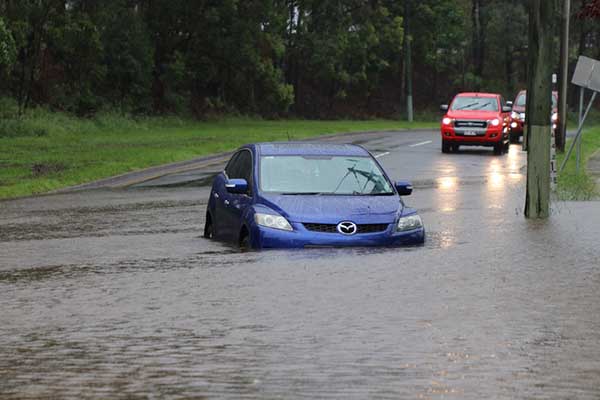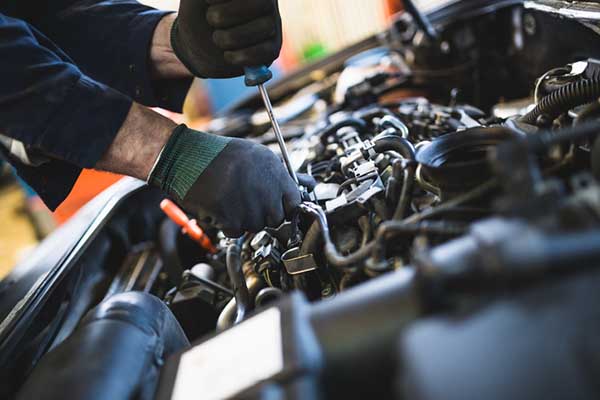
Here are some points to keep in mind when working with flood-damaged cars.
Saltwater, Period of Submersion, and Re-Sell Concerns Are All Crucial Factors in Repair
If a standard vehicle without undercoating has been driven through or stood for any period of time in a body of water that touches the undercarriage of the car, it should be assessed by a qualified mechanic as a precaution. However, if it has been submerged to the extent that water has entered the interior, exhaust(s), or engine compartment of the vehicle, the situation becomes markedly more serious.
Vehicles in that second category have a reputation for being compromised—with considerable question marks hanging over their long-term dependability and safety. As a result, their resale value is often negatively affected. Certain kinds of water damage can cause even bigger problems. Salt water, for example, can be crippling for automotive parts. How long the vehicle was submerged, in addition to the state of the car before it received water damage, can also affect how much work needs to be done, or if it’s worth completing repairs in the first place. In some cases, professionals with mechanic training will have a client who wants their car repaired anyways, because of sentimental value or other factors.
Pros With Mechanic Training Should Verify Components to Ensure the Best Chance of Recovery
A car that has suffered flood damage should never be restarted before all restorative work has been carried out. Once the car has been towed to a dry location, mechanics can asses where water got in. The oil should be inspected and changed, and the engine should be hand-cranked and wet-vacuumed in an effort to remove all water.

Additionally, braking components such as the brake pads should be thoroughly assessed and dried, with the braking fluid being flushed and replaced. As grads of automotive mechanics school might suspect, the significant amount of wiring and electrical components in more modern vehicles makes them significantly harder and more expensive to repair. Finally, continual close observation of the re-started engine, as well as follow-up inspections are highly recommended.
Mechanics Should Work Alongside Auto Body and Detailing Professionals
Other automotive professionals should also work alongside mechanics, and take steps to ensure the interior and body of the car are restored. Mold and rot can very quickly set into saturated interior components such as carpeting and upholstery, and even trace amounts of water trapped in crevices can produce offensive odors after some time.
Swift action should be taken to comprehensively dry and clean the vehicle, including removing body panels and seats if required. Opening all doors and windows in a warm, dry, well-ventilated space is also a good step to take. Prompt action across a service team will help to improve the chances of a car making as full a recovery as possible.
Building up your automotive knowledge is key to becoming a trusted professional.
Contact CATI today to learn the best ways to kick-start your automotive mechanic career.
